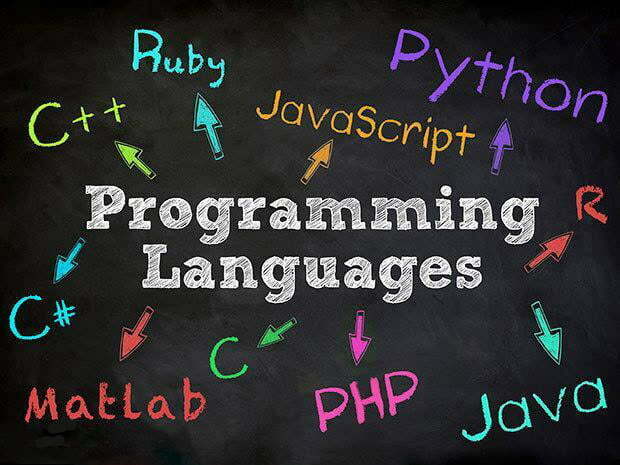A programming language can be simply understood as a language that both computers and humans can recognize. A computer language that enables programmers to define exactly what data a computer needs to use and exactly what action to take in different situations.
Programming languages are in constant development and change, from the original machine language to today’s more than 2,500 high- level languages , each with its own specific purpose and different development trajectories. Programming languages are not as slow and persistent as the development and change of human natural languages. Their development is quite rapid. This is mainly due to the development of computer hardware , the Internet and the IT industry to promote the development of programming languages.
Types of Programming Languages
Computer programming languages can realize the communication and communication between humans and machines.They mainly include assembly language, machine language and high-level language. The details are as follows:
Assembly Language
The language is mainly written with abbreviated English as a symbol. Generally, those small programs written in assembly language are relatively concise, and more convenient in terms of execution. But assembly language is relatively verbose in terms of procedures, so it has higher error rate.
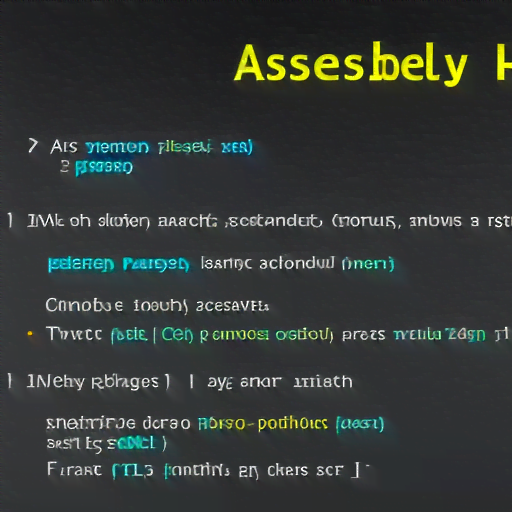
Machine Language
The machine language mainly uses binary encoding to send instructions, which can be quickly recognized by the computer. It’s flexible and its execution speed is high. This language is similar with assembly language, but there are some restrictions in use.
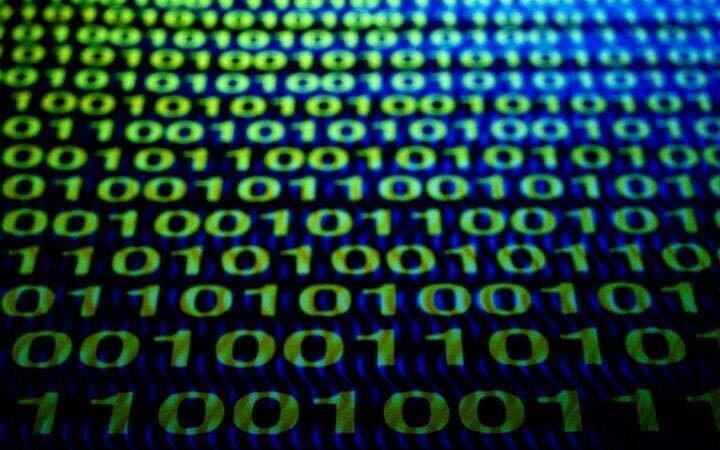
High Level Language
The high-level language is actually a general term for the combination of multiple programming languages. It can integrate multiple instructions and turn them into a single instruction to complete the delivery. Therefore, the whole program is simple and easy to operate.
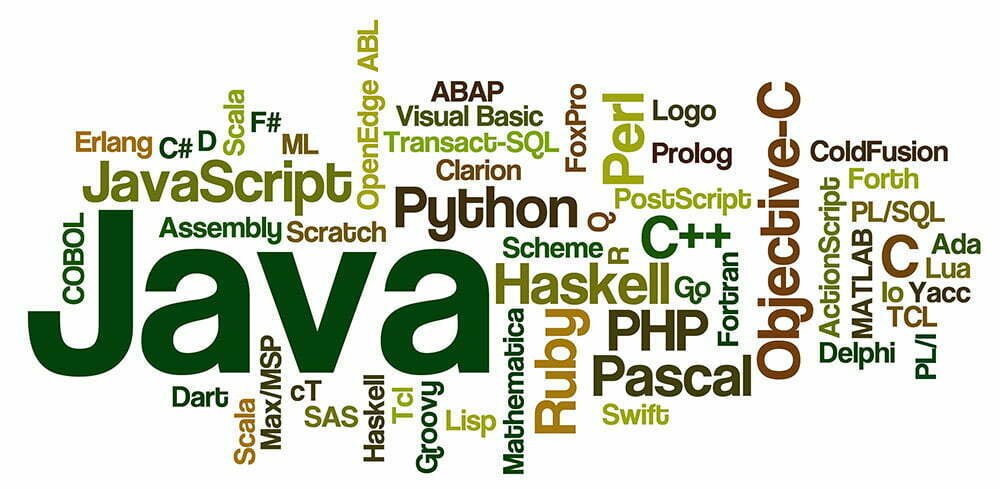
Programming Language's History
The first computer was created in the 1940s. At the time, computers were controlled manually, but this was inconvenient. People developed computer programming languages to make up for the deficiency. The concept of programming computers, even though the programming model was not perfect, had a substantial impact on the development of computer languages. Computer programming languages were subsequently enhanced over the next 50 years as society evolved. As society progresses, the technical demands in various sectors continually rise, making computer programming more and more complicated and diverse. For example, the programs developed in Java and other high-level languages gradually move from original communication and calculation to video analysis, image transmission, intelligent simulation, and knowledge processing.
low-level language (1946-1953s)
The machine language and assembly language known as “Books from the Sky” are the most significant low-level languages. The machine language of a computer is composed of 0s and 1s. Binary is the basis for all of the computer’s operations, and computers can only recognise and process machine language instructions. Because it’s difficult to learn, difficult to write, difficult to remember, difficult to check, difficult to modify, and difficult to popularise and utilise, machine language is not as popular as assembly language. As a result, only a small number of computer professionals were capable of writing programs in the early days.
high-level language (1954-present)
The creation of the world’s first high-level language FORTRAN spurred the growth of new programming languages. Around the world, more than 2,500 high-level languages have come into being over the decades, some of which are still used today, while others have faded away.
Fortran:
The first high-level language
The first high-level computer language, FORTRAN, was created in the 1950s to address the issues with low-level languages. FORTRAN is similar to human and mathematical language in that it simulates spoken language. The operators and operational expressions are clear and simple to use in a program. To make FORTRAN more suitable for numerical, scientific, and engineering computing, it possesses a unique set of functions.

ALGOL:
The first structured programming language
The ALGOL model was the first computer language ever created. It was designed by a coalition of European and American computer scientists in the 1950s, when transistor computers were still popular. ALGOL, along with contemporary languages such as Pascal, Ada, C, etc. was inspired by the ACM’s ‘Algorithm Description Standard,’ and was listed as an algorithm description standard.
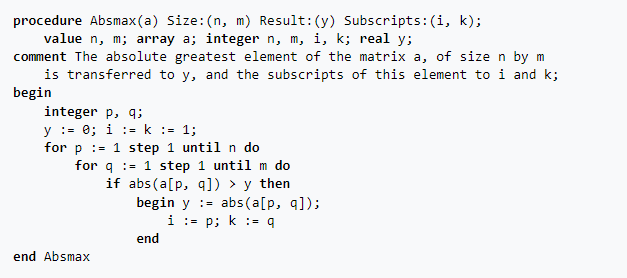
BASIC:
The simplest language
Dartmouth College dean Thomas E. Kurtz and mathematics instructor John G. Kemeny created the BASIC language in 1964. The BASIC has only 17 statements, 12 functions, and three commands. The language is known as “Beginner’s Universal Symbolic Instruction Code,” a simple language for beginners.
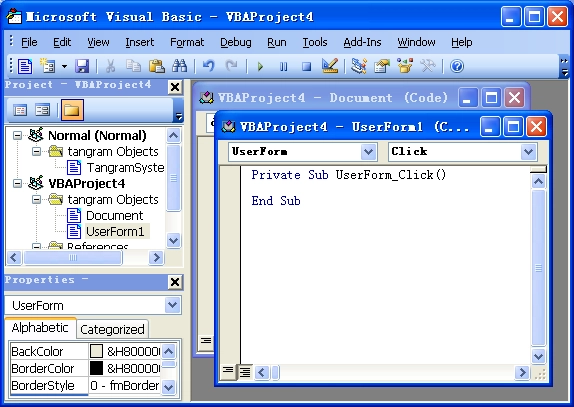
Pascal:
An important milestone in programming languages
The Pascal language was created by Swiss professor Niklaus Wirth in the late 1960s. It is based on the ALGOL language. It’s named in honor of the French mathematician, philosopher, and computer pioneer Blaise Pascal. Furthermore, Pascal is considered an important milestone because it’s the first structured programming language.
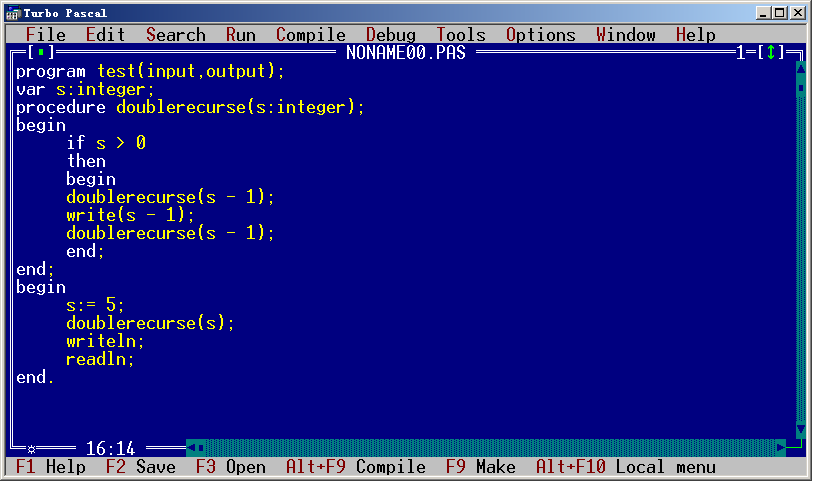
C language:
The begin of the modern programming language
The C language is a descendant of the BCPL (Basic Combined Programming Language) language. In 1970, Dennis M. Ritchie of Bell Labs in the United States created the B language using BCPL as a foundation. Between 1972 and 1973, Ken Thompson created the C language using the same foundation.

Object-Oriented Programming (early 1990s - present)
Object- oriented programming (OOP) is now very important in the entire programming, and its most prominent features are encapsulation, inheritance and polymorphism.
Java
Java is a high-level programming language invented by Sun Microsystems in 1995. Java enterprise applications developed rapidly in the 21st century. It has many benefits, including easy to learn and utilise, platform independence, portability, multithreading, robustness, dynamics, and security, among others. Java functions as a universally applicable software platform.
Python
The Python language has gained popularity in recent years as a result of big data and artificial intelligence development. The Python language, which is currently used in Web and Internet development, scientific computing, and statistics, will benefit from the expansion of the industrial Internet in the future. As a high-level scripting language, Python is simple to learn, portable, extensible, and embeddable, and it is used in education, software development, and back-end development.
Applications of Programming Languages
At the current stage, in order to obtain higher application quality of computer software technology and to continuously improve the informatization level of all sectors of society, researchers in related fields are continuously improving and innovating the programming languages in computers, in order to improve the The intuitiveness and ease of learning of computer programming languages enable programmers to obtain more convenient programming languages. Currently, the widely used programming languages include Python, PHP, Java, C++, VB, and C languages. Different programming languages Its application advantages are also different. Therefore, during the specific application period, it is necessary to select a programming language with high adaptability and pertinence according to its own needs, so as to ensure the advantages of the selected programming language.
PHP
In essence, the PHP computer programming language is one of the HTML embedded languages. It belongs to the mainstream programming language in the dynamic website programming language. However, in specific applications, it needs to cooperate effectively with languages such as html css+div+js In order to build a relatively complete website, the main function of this language is to effectively execute HTML document information, and to meet the user’s computer operation needs and control needs through effective integration with a variety of programming languages, such as Perd ﹑ Java As well as C language, etc., in addition, the application of PHP this programming language can also achieve effective construction of dynamic web pages.

Java
Java is an object-based programming language. Its focus is on specific algorithms for data application and manipulation. As a distributed language, it is an important part of high-performance Internet architecture. It has many advantages. Such as simple syntax, automatic memory management, cross-platform portability, high reliability of exception handling, and perfect security mechanism for bytecode, it has a wide range of applications in the information age, especially in the Internet, games It plays a vital role in control, personal PC and multimedia, and is widely used in software and website construction, the most typical one being the application in Android APP. In addition, some office software on the computer side is also written in the Java language, such as Excel and Word.
C++
At present, most of the online games we have come into contact with are developed based on C++, and the more common operating system kernels in computers are written in C language, such as Windows / Linux , etc. Based on C language The C++ language, which is continuously optimized, has obvious advantages during application compared with the C language. It can effectively optimize the running state of the programming language, and C++ further improves the perfection of the C language, especially Because of its robustness and simplicity, it is favored by programmers, so it is widely used in programming. In addition, C++ has strong drawing ability and data processing ability, and the flexibility of transplantation is relatively strong, so it is widely used in graphics processing, system software, games and mobile phones, and the well-known Tetris is Typical application of C++ language.


